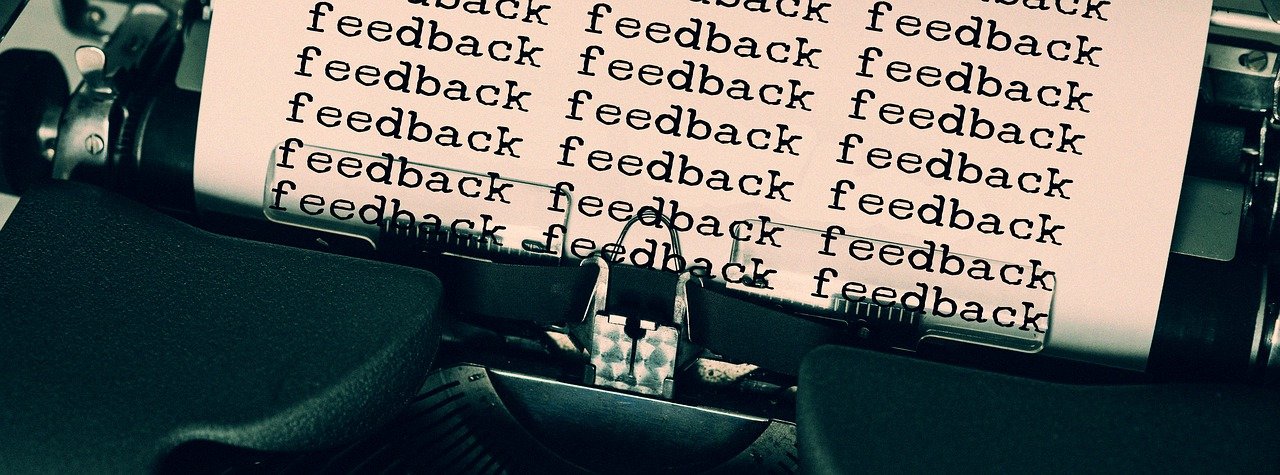If we haven’t met before, I am Gina London, CEO of Language of Leadership. I help professionals connect, lead, and inspire with authenticity. With clients from Fortune 500 companies like Salesforce, Google, and JP Morgan, I’ve trained thousands of executives and leaders worldwide. My mission is to empower leaders to communicate more effectively and authentically. One of the most common challenges our clients face is mastering the art of giving and receiving constructive feedback. This article will detail how to give and receive constructive feedback effectively to enhance leadership skills and foster a positive work environment.
PRO TIP: Bookmark this article for quick reference on constructive feedback techniques that can significantly improve your leadership abilities.
The Importance of Constructive Feedback
Constructive feedback is essential for personal and professional growth. It helps individuals understand their strengths and areas for improvement, leading to enhanced performance and development.
How to Give Constructive Feedback
- Be Specific and Objective: Provide clear, specific examples of the behavior or performance you are addressing. Avoid vague or general comments.
- Focus on Behavior, Not Personality: Address specific actions or behaviors rather than making personal judgments. This helps the recipient focus on what they can change.
- Use the “Sandwich” Method: Start with positive feedback, followed by the constructive criticism, and end with another positive comment. This helps balance the feedback and makes it easier to accept.
- Be Timely: Provide feedback as soon as possible after the event or behavior occurs. This ensures the feedback is relevant and can be acted upon promptly.
- Offer Solutions and Support: Suggest specific actions or strategies for improvement and offer your support in implementing these changes.
How to Receive Constructive Feedback
- Listen Actively: Pay close attention to the feedback without interrupting. Show that you are engaged and open to what is being said.
- Stay Open-Minded: Approach feedback with a willingness to learn and improve. Avoid becoming defensive or dismissive.
- Seek Clarification: If any part of the feedback is unclear, ask for specific examples or further explanation. This ensures you fully understand the feedback.
- Reflect and Act: Take time to reflect on the feedback and identify actionable steps to address the areas of improvement. Implement the suggested changes and monitor your progress.
- Express Gratitude: Thank the person providing feedback. Acknowledging their input shows that you value their perspective and are committed to personal growth.
Benefits of Effective Feedback
- Improved Performance: Constructive feedback helps individuals identify and address areas for improvement, leading to enhanced performance.
- Increased Engagement: When employees feel that their development is being supported, they are more likely to be engaged and motivated.
- Stronger Relationships: Providing and receiving feedback builds trust and strengthens relationships within the team.
- Continuous Improvement: Regular feedback fosters a culture of continuous improvement and learning within the organization.
- Enhanced Leadership Skills: Leaders who master the art of giving and receiving feedback are better equipped to guide their teams to success.
Additional Tips for Constructive Feedback
- Practice Empathy: Consider the recipient’s feelings and perspective when delivering feedback. Approach the conversation with empathy and understanding.
- Follow-Up: Check in with the recipient after providing feedback to see how they are progressing and offer additional support if needed.
- Create a Feedback Culture: Encourage regular feedback exchanges within your team to normalize the practice and promote ongoing development.
Your Main Takeaways
Mastering the art of giving and receiving constructive feedback is essential for effective leadership. By providing specific, timely, and supportive feedback, and by being open to receiving feedback, leaders can foster a positive and productive work environment. Embrace these strategies to enhance your leadership skills and drive continuous improvement within your team.
Ready to improve your feedback skills and enhance your leadership abilities? Partner with Gina London for personalized coaching and training sessions. Book a call today for more information!



